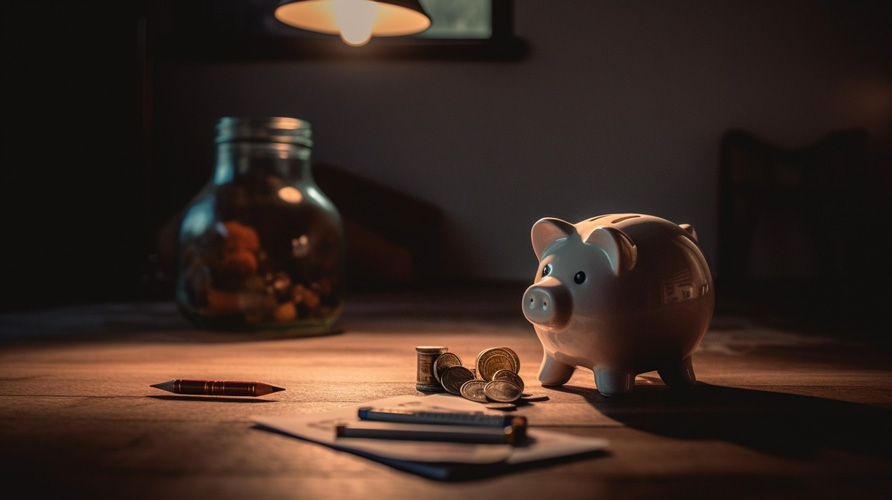Introduction:
Buying your first home can be an exciting and overwhelming experience. It’s a significant milestone in your life and a major financial commitment. One of the crucial aspects of homebuying is budgeting, which helps you manage your finances and achieve your homeownership goals. Creating a budget may sound difficult, but it’s not impossible, especially if you follow a beginner’s guide to budgeting for your first home.
1. Determine Your Income and Expenses
The first step in budgeting for your first home is to determine your income and expenses. Your income includes your salary, bonuses, and any other sources of income. Your expenses include your utility bills, groceries, rent, and any other bills you pay. You can start by recording your income and expenses for a month or two to get a full picture of your finances.
2. Calculate Your Savings
Once you’ve determined your income and expenses, it’s essential to calculate your savings. Savings are critical when buying a home since you will need to have enough money for a down payment, closing costs, and other expenses. Generally, it’s recommended to have at least 20% of the home’s purchase price as a down payment.
3. Set Your Financial Goals
After calculating your savings, it’s time to set your financial goals. Setting goals will help you stay on track and motivated during the homebuying process. Your goals should be specific, measurable, achievable, relevant, and time-bound. For example, you may want to save $20,000 for the down payment within the next 12 months.
4. Cut Down on Expenses
To achieve your financial goals, you may need to cut down on your expenses. You can start by reducing your discretionary spending, such as eating out or buying unnecessary items. You can also negotiate your bills or look for better deals on your utilities, insurance, or phone bills. Every little bit you save counts towards your financial goals.
5. Create a Homebuying Budget
Once you’ve determined your income, expenses, savings, and financial goals, it’s time to create a homebuying budget. Your budget should include all the costs associated with buying a home, such as the down payment, closing costs, moving expenses, and any repairs or renovations needed. Make sure to factor in unexpected expenses and have a contingency plan in case something goes wrong.
6. Prioritize Your Spending
When creating a homebuying budget, it’s essential to prioritize your spending. Prioritizing means focusing on the most critical expenses and cutting down on the less important ones. For example, you may want to spend more on the down payment and less on furniture. It’s all about finding a balance between your needs and wants.
7. Use Budgeting Tools and Resources
There are many budgeting tools and resources available to make the budgeting process more manageable. You can use budgeting apps or software to track your income and expenses, set financial goals, and monitor your progress. You can also consult with a financial advisor or a mortgage broker who can guide you through the homebuying process and help you make informed financial decisions.
Conclusion:
Budgeting for your first home may seem intimidating, but it’s essential to manage your finances effectively and achieve your homeownership goals. By following a beginner’s guide to budgeting, you can determine your income and expenses, calculate your savings, set your financial goals, cut down on expenses, create a homebuying budget, prioritize your spending and use budgeting tools and resources. Remember that budgeting is not a one-time task but an ongoing process that requires discipline and commitment. By sticking to your budget and being mindful of your spending habits, you can make your first homebuying experience a successful and rewarding one.









